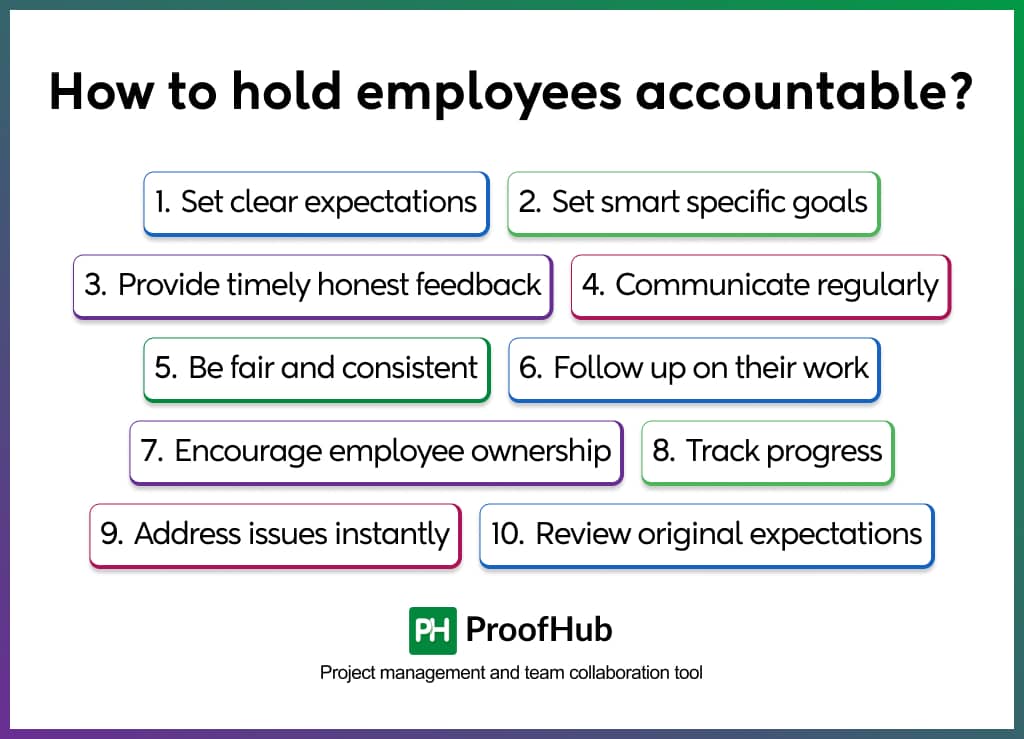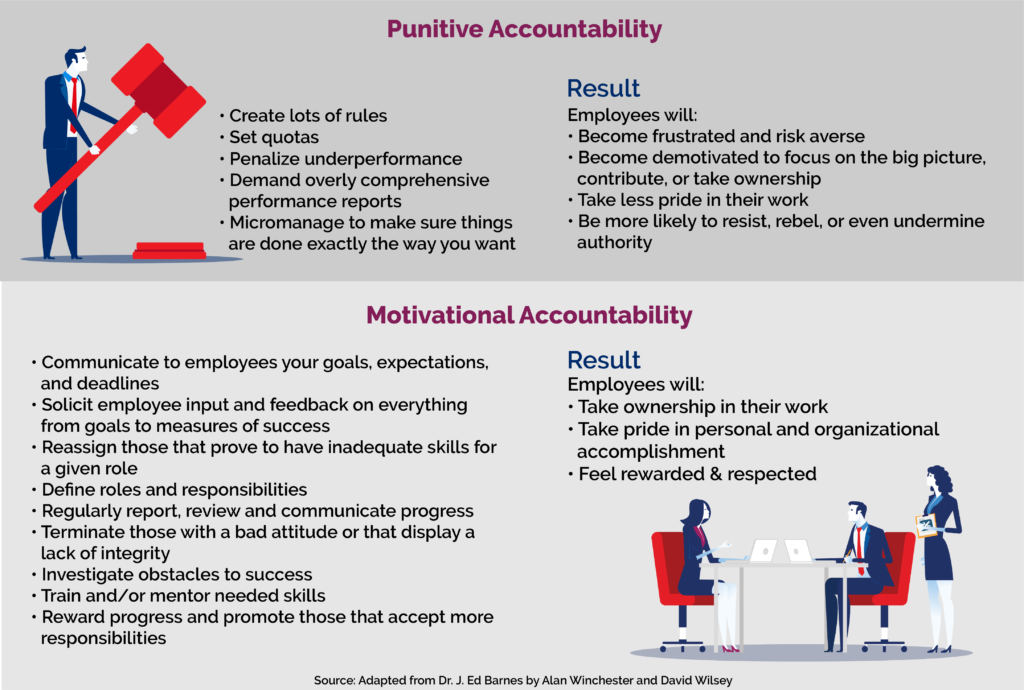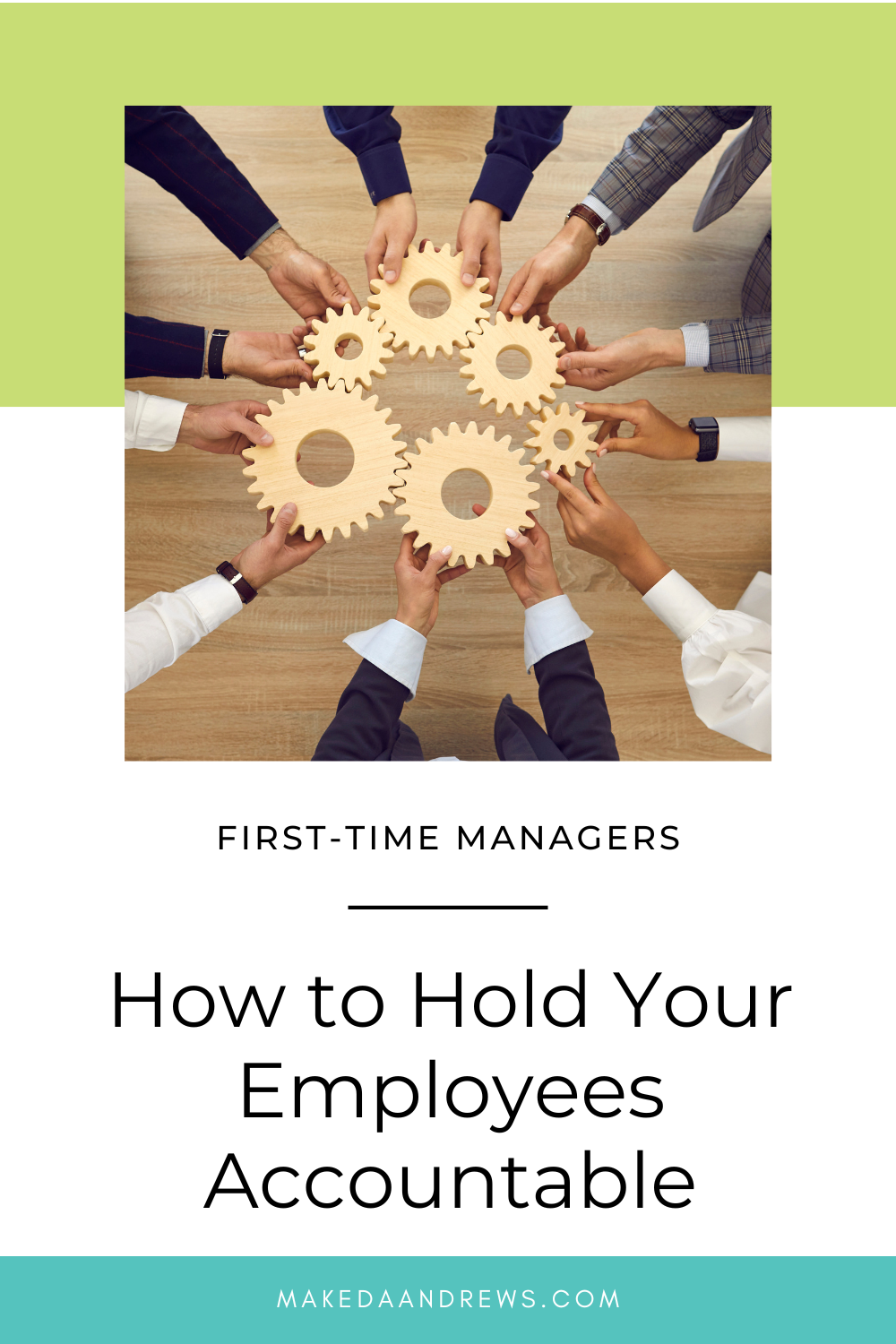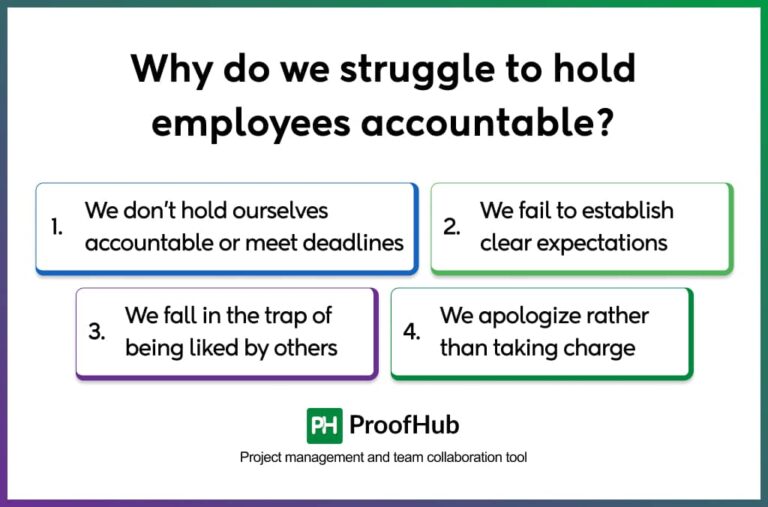How To Hold Employees Accountable For Errors

In today's dynamic business environment, maintaining a high standard of performance and minimizing errors is crucial for organizational success. However, effectively holding employees accountable for mistakes requires a nuanced approach that balances accountability with support and growth opportunities.
This article delves into strategies for establishing clear expectations, implementing fair processes, and fostering a culture of continuous improvement, all aimed at reducing errors and enhancing overall employee performance.
Setting the Stage: Clear Expectations and Training
The cornerstone of accountability is establishing crystal-clear expectations. Job descriptions should explicitly outline responsibilities and performance standards. This ensures every employee understands precisely what is expected of them.
Robust training programs are equally vital. These programs should equip employees with the necessary skills and knowledge to perform their duties competently. Furthermore, ongoing training can address skill gaps and keep employees up-to-date with industry best practices.
The Role of Performance Management
Regular performance reviews offer a structured platform for feedback and accountability. These reviews should be based on objective metrics and provide constructive criticism. Transparency is key here; employees should understand how their performance is being evaluated.
Performance Improvement Plans (PIPs) can be a valuable tool for addressing performance issues. A PIP should clearly outline the areas needing improvement, specific goals, and a timeline for achieving those goals. It also provides a roadmap for support and resources available to the employee.
Addressing Errors: A Constructive Approach
When errors occur, a blame-free investigation is critical. Focus on understanding the root causes of the mistake, rather than simply assigning blame. This allows the organization to identify systemic issues and implement preventive measures.
According to a 2023 study by the Society for Human Resource Management (SHRM), organizations with a blame-free culture are more likely to encourage employees to report errors, leading to faster problem-solving and improved processes.
Disciplinary action, when necessary, should be fair, consistent, and proportionate to the severity of the error. The goal is to correct behavior, not to punish. Documenting all incidents and disciplinary actions is essential for legal and ethical reasons.
The Power of Feedback
Providing regular and constructive feedback is paramount. Feedback should be specific, timely, and focused on behavior, not personality. Encourage open communication and create a safe space for employees to ask questions and seek clarification.
Positive reinforcement is just as important as addressing errors. Recognizing and rewarding employees for their successes can boost morale and encourage continued high performance.
Cultivating a Culture of Continuous Improvement
Accountability is not just about punishing mistakes; it's about fostering a culture of continuous improvement. Encourage employees to identify areas for improvement and suggest solutions.
Implement systems for tracking errors and identifying trends. This data can be used to develop targeted training programs and process improvements.
"A culture of continuous improvement is one where everyone feels empowered to contribute to making the organization better," says Dr. Anita Brown, a leading organizational psychologist.
By creating a supportive and transparent environment, organizations can encourage employees to take ownership of their work and strive for excellence.
Potential Impact and Conclusion
By implementing these strategies, organizations can effectively hold employees accountable for errors while simultaneously fostering a culture of growth and development. This approach leads to improved performance, reduced errors, and increased employee engagement.
Ultimately, a well-defined accountability system benefits both the organization and its employees. It provides clear expectations, opportunities for growth, and a framework for achieving success.









.jpg)








